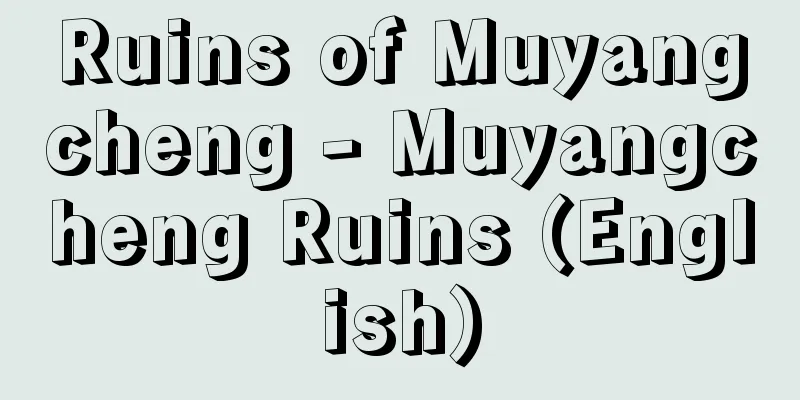Yoshino

A general name for the mountainous region in the southern part of Nara Prefecture. It covers 60% of the prefecture's total area, but its population density is extremely low. It is divided into Kuchiyoshino in the Yoshino River basin and Okuyoshino in the Kumano River system. After the Taika Reforms, Yoshino District was established, and later, during the reigns of Gensho and Shomu, it was renamed Yoshino Gen and was made a province, and then became one of Yamato's districts. In the early Heian period, Kinpusen was opened and became the base of Shugendo. Due to its poor transportation and extreme isolation, it has been a place of exile since ancient times, and especially during the Nanboku-cho period, it became a base for the Southern Court. In the Muromachi period, it came under the control of Kofuku-ji Ichijo-in, a branch temple of Kinpusen-ji, and in the early modern period, most of it became a shogunate territory. (→ Yamato Province )YoshinoSource: Encyclopaedia Britannica Concise Encyclopedia About Encyclopaedia Britannica Concise Encyclopedia Information |
奈良県南部の山岳地帯の汎称。面積は全県の6割にも及ぶが,人口密度はきわめて小さい。吉野川流域の口吉野 (くちよしの) と,熊野川水系の奥吉野とに分れる。大化改新後,吉野郡がおかれ,のち元正,聖武両朝のとき芳野監 (げん) に改められて国に準じられ,さらに大和の一郡となった。平安時代初期に金峯山 (きんぷせん) が開かれ,修験道の本拠になった。交通が不便で隔絶性が強いため,古来亡命地となり,特に南北朝時代,南朝方の根拠地となった。室町時代には,金峯山寺を末寺とする興福寺一乗院の支配となり,近世,その大半は天領となった。 (→大和国 )
吉野
|
Recommend
Alumina shale (English spelling)
…Shale is called siliceous shale, calcareous shal...
Tentsuki - Tentsuki
An annual or perennial plant of the Cyperaceae fa...
gambling
Gamble: a form of gambling . Horse racing, bicycle...
Mikihiko Nagata
Novelist. Born in Kojimachi, Tokyo. Influenced by...
The Doctrine and Treatise of Learning - Gakuyoronmo
...A general term for the Chinese Analects, Menci...
Siddham
It also refers to the study of Sanskrit (Bongo) t...
Zonnou -
A high priest of the Shirahata school of the Jodo...
Quality - Shichi
A physical security to secure priority repayment o...
One-step revolution - ichidan kaikakumei
...a debate within the Marxist camp from the late...
Pinus taeda (English spelling)
… [Makoto Nishida]. … *Some of the terminology th...
Mount Mitake - Mitsuminesan
A mountain located in the Otaki area of Chichib...
Mushroom termite - Mushroom Termite
...The mounds function as an extension of the nes...
Tokimokikyo promotion application - Tokimokikyo promotion application
Kabuki kyogen. Historical piece. 5 acts, 12 scenes...
Ikuhomon-in
The first princess of Emperor Shirakawa. Her give...
Salvia farinacea (English spelling)
… [Eiichi Asayama]. … *Some of the terminology th...









![Suifu [village] - Suifu](/upload/images/67cbf17f3ca21.webp)